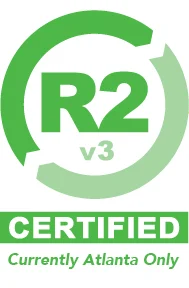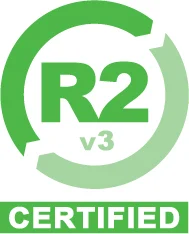About
CERTIFICATIONS
Apto's customer-led innovation strategy is demonstrated in their continued pursuit of certifications across security and sustainability, SLAs for fast turnaround times, and high levels of customer satisfaction.
International Data Corporation (IDC)
R2v3 is the most widely recognized, accredited, standard for responsible handling of electronics, globally. The standard covers the entire reverse supply chain and addresses environmental, quality, health, safety, and data security for facilities of all sizes and types.
Key aspects of R2v3 certification include:
Customization: Companies are certified to appendices based on the processes they perform at each facility, allowing customers to easily assess capabilities without needing to perform their own audits.
Prioritizing Reuse: Robust and complete guidance for ensuring proper testing and data destruction of assets, to extend equipment life cycles with the environment and customer in mind.
Trusted and Verified: Third-party audits are completed annually, and SERI implements an assurance program to conduct unannounced audits of facilities.
e-Stewards certification is a rigorous, accredited standard for electronics recyclers, refurbishers, and asset managers. It ensures that electronic waste (e-waste) is managed responsibly, protecting the environment, ensuring data security, and safeguarding worker health and safety.
Key aspects of e-Stewards certification include:
Environmental protection: Preventing the export of hazardous e-waste to developing countries and ensuring proper recycling practices.
Data security: Ensuring all residual data on electronic equipment is destroyed, following strict data security standards like NAID AAA certification.
Worker safety: Protecting workers involved in the recycling process by adhering to high safety standards.
Performance verification: Conducting third-party audits and unannounced inspections to ensure compliance.
NAID AAA since 2021

NAID AAA Certification is a globally recognized standard for secure data destruction. It is administered by the National Association for Information Destruction (NAID) and ensures that data destruction companies comply with all relevant data protection laws through rigorous scheduled and unannounced audits.
Key aspects of NAID AAA certification include:
Compliance verification: Ensures that service providers meet all data protection regulations.
Scheduled and surprise audits: Conducted by trained, accredited security professionals to verify compliance.
Data protection: Helps organizations fulfill their regulatory due diligence obligations by ensuring secure data destruction.
This certification is particularly valuable for organizations that handle sensitive information, as it provides assurance that their data destruction processes are secure and compliant with legal requirements
ISO 9001 since 2011
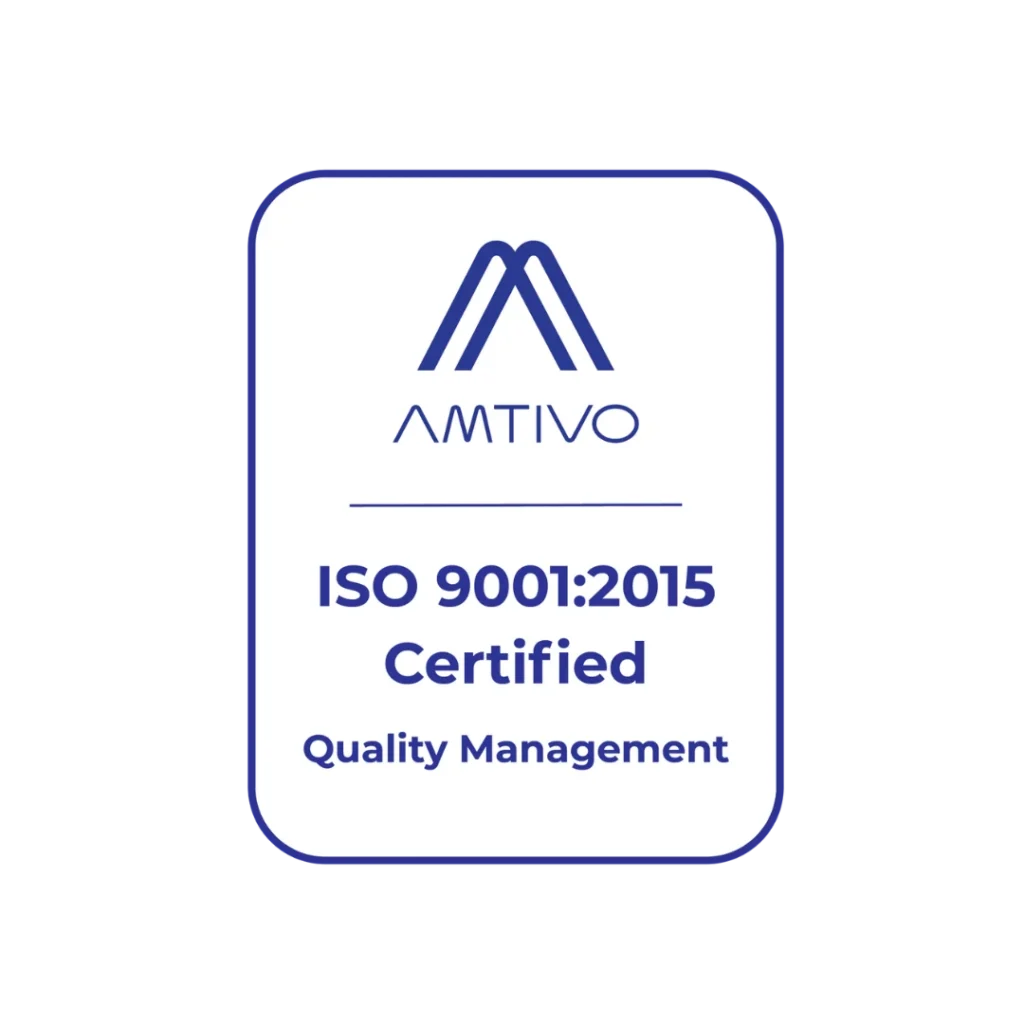
ISO 9001 is an international standard for quality management systems (QMS). It provides a framework for organizations to ensure they meet customer and regulatory requirements while continuously improving their processes.
Key aspects of ISO 9001 include:
Purpose: It helps organizations of all sizes and sectors improve their performance, meet customer expectations, and demonstrate their commitment to quality.
Requirements: The standard outlines how to establish, implement, maintain, and continually improve a QMS.
Certification: Organizations can be certified to ISO 9001, which involves regular audits to ensure compliance with the standard.
Benefits: Implementing ISO 9001 can lead to increased customer trust and satisfaction, effective complaint resolution, process improvement, and ongoing optimization
ISO 27001 since 2024
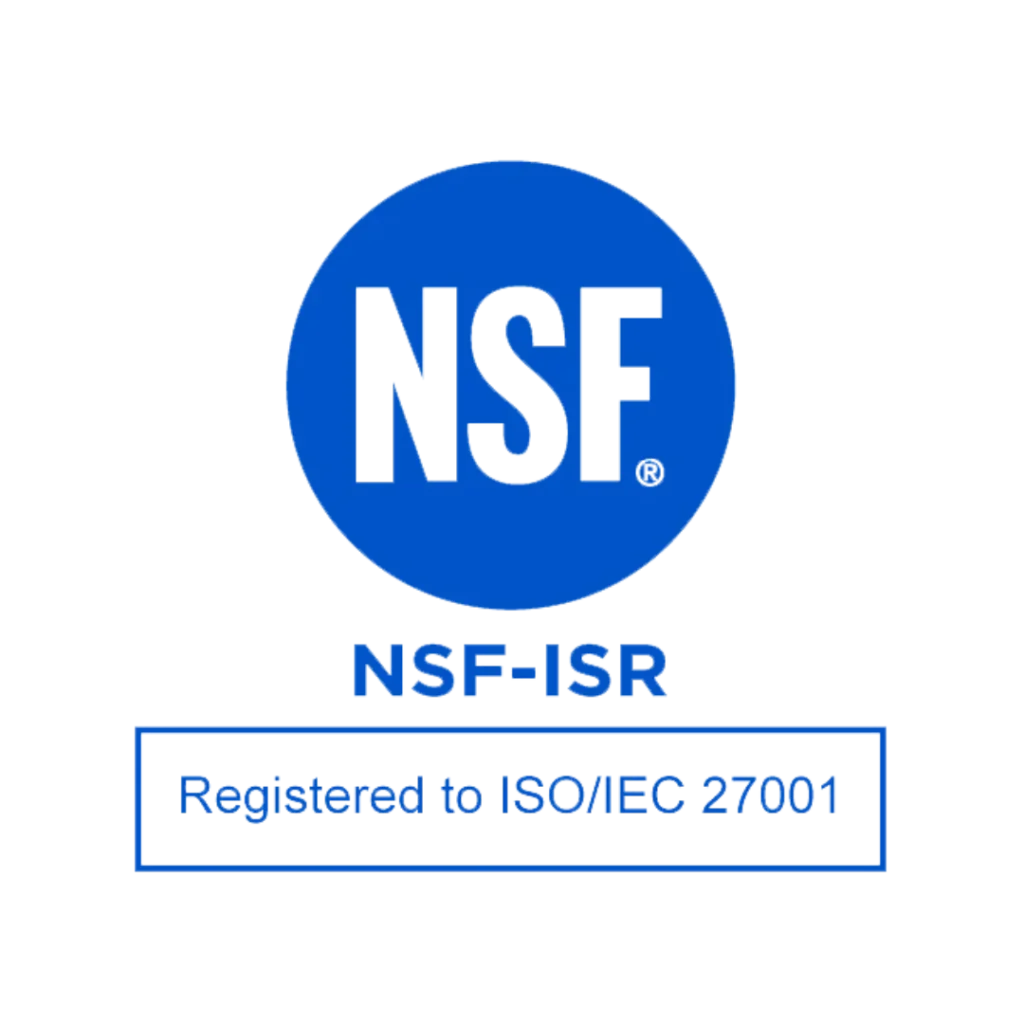
ISO 27001 is an international standard for information security management systems (ISMS). It provides a framework for organizations to manage and protect their information assets, ensuring data confidentiality, integrity, and availability.
Key aspects of ISO 27001 certification include:
Risk assessment and treatment: Identifying and addressing information security risks.
Security controls: Implementing measures to mitigate identified risks.
Management commitment: Ensuring top management is involved in the ISMS.
Continual improvement: Regularly reviewing and improving the ISMS.
By adopting ISO 27001, organizations can demonstrate their commitment to information security, enhance their reputation, and comply with legal and regulatory requirements.
ISO 14001 since 2011

ISO 14001 is an international standard for environmental management systems (EMS). It provides a framework for organizations to improve their environmental performance through more efficient use of resources and reduction of waste. The standard helps organizations manage their environmental responsibilities in a systematic manner that contributes to the environmental pillar of sustainability.
Key aspects of ISO 14001 include:
Environmental policy: Establishing an environmental policy that reflects the organization’s commitment to environmental management.
Planning: Identifying environmental aspects and impacts, legal requirements, and setting objectives and targets.
Implementation and operation: Defining roles and responsibilities, training, communication, and operational control.
Checking and corrective action: Monitoring and measuring environmental performance, conducting audits, and taking corrective actions.
Management review: Reviewing the EMS to ensure its continuing suitability, adequacy, and effectiveness.
ISO 45001 Since 2020
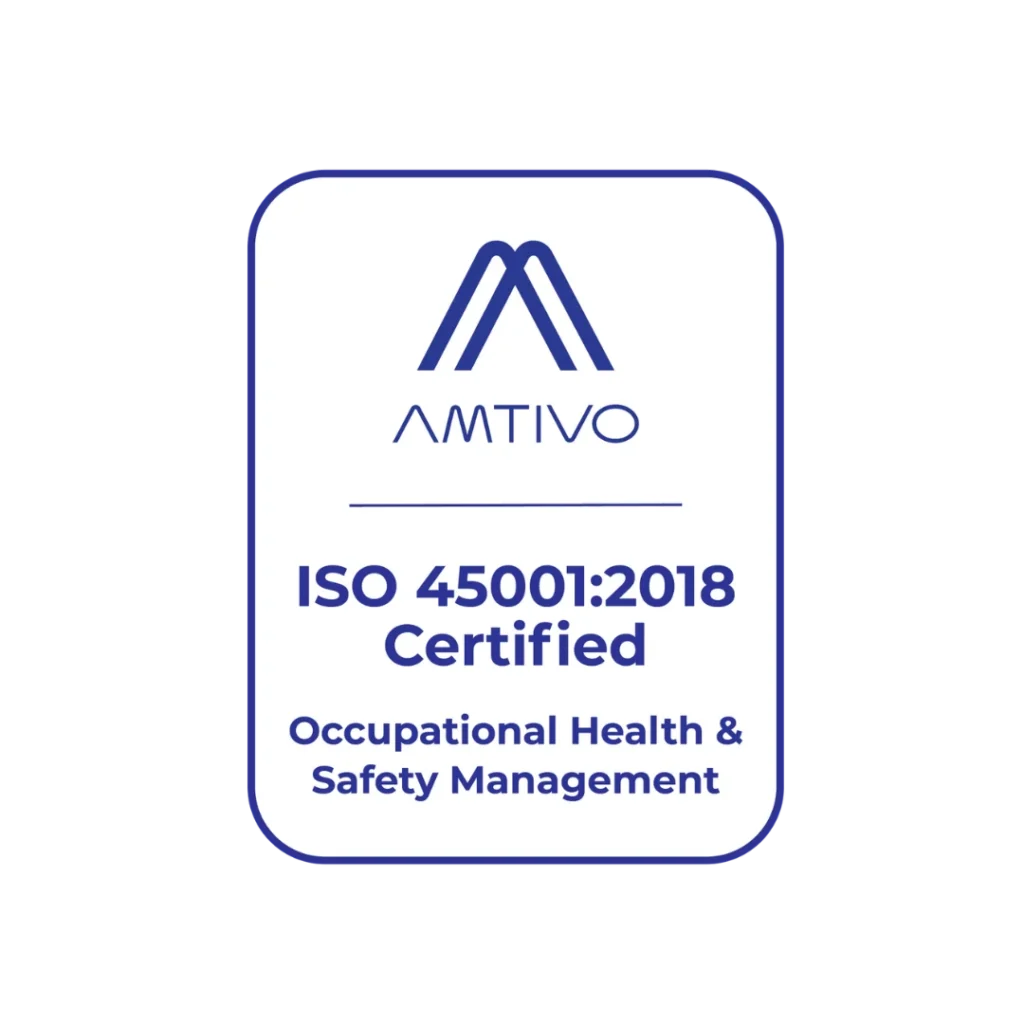
ISO 45001 is an international standard for occupational health and safety (OH&S) management systems. It provides a framework for organizations to manage risks and improve OH&S performance. The standard aims to reduce workplace injuries and diseases by promoting and protecting both physical and mental health.
Key aspects of ISO 45001 certification include:
Leadership commitment: Ensuring top management is actively involved in the OH&S management system.
Worker participation: Engaging workers in identifying hazards and assessing risks.
Hazard identification and risk assessment: Systematically identifying and managing workplace hazards.
Legal and regulatory compliance: Ensuring adherence to relevant OH&S laws and regulations.
Emergency planning: Preparing for potential emergencies and incidents.
Continual improvement: Using the Plan-Do-Check-Act methodology to continuously enhance OH&S performance.

